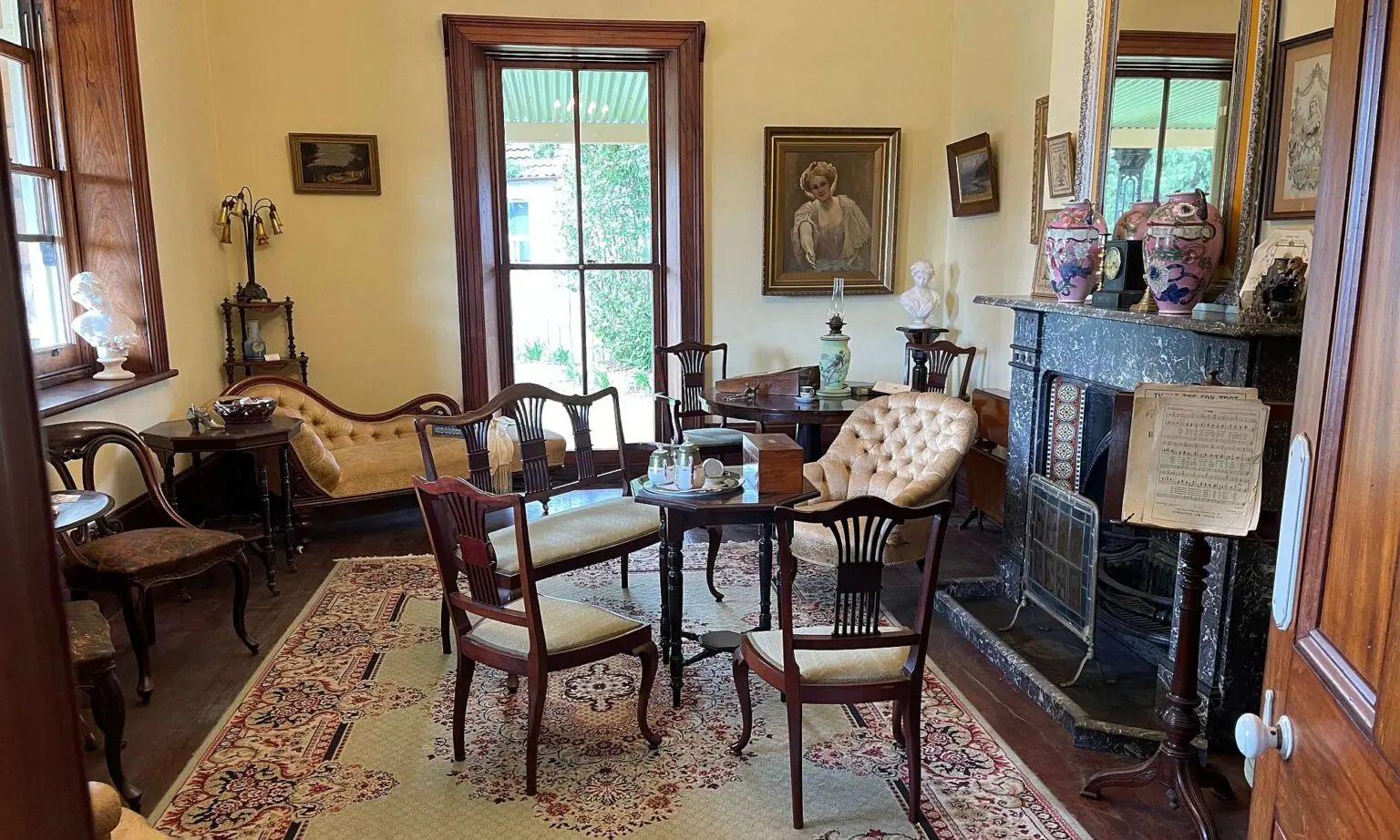In 1894 the residents of Rockdale and district were entirely devoid of police protection at certain times. During big festivities in Sydney the few district police were withdrawn to reinforce the metropolitan squad. Rockdale Council was so concerned by this danger that it raised the matter with the Minister for Justice.
On Boxing Day 1894 “there was not a policeman between Sans Souci and the Cook’s River”. Alderman Hegerty reported to Council that a number of larrikins had taken possession of Moorefield Hotel on Boxing Day. Alderman Duigan said that a number of scoundrels called at his hotel that day and threatened that if they were not served with free drinks they would stone the house. They had also treated some of the local shopkeepers in a similar disgraceful manner.
This occurrence was directly responsible for the erection of the first lock-ups in the district.
This article was first published in the October 1962 edition of our magazine.
Browse the magazine archive.



